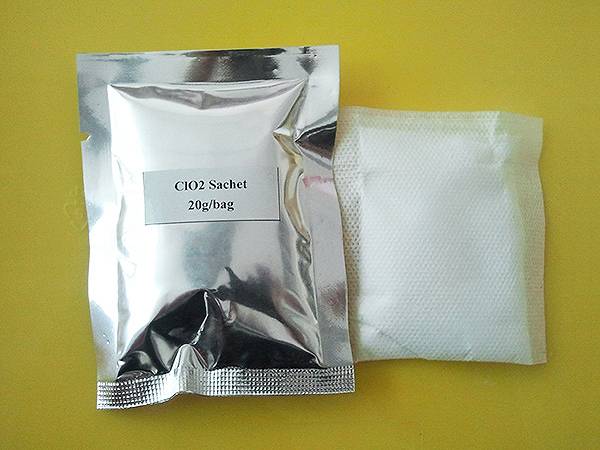



Sodium Hydroxide Safety Data Sheet (SDS) - Comprehensive Guide
Safety Data Sheet of Sodium Hydroxide
Sodium hydroxide, commonly known as caustic soda or lye, is an alkaline compound with a wide range of applications, including cleaning agents, drain cleaners, and food processing. While it is widely used in various industries, it is essential to understand the potential hazards associated with sodium hydroxide and the necessary safety measures to handle it properly. This article highlights key information from the safety data sheet (SDS) of sodium hydroxide.
Chemical Properties and Classification
Sodium hydroxide (NaOH) typically appears as a white, odorless solid that is highly soluble in water, producing an exothermic reaction upon dissolution. It is classified as a corrosive substance, which can cause severe chemical burns and damage to tissues upon contact. According to the Globally Harmonized System of Classification and Labelling of Chemicals (GHS), sodium hydroxide is assigned hazard statements, including Causes severe skin burns and eye damage and May be corrosive to metals.
Health Hazards
Exposure to sodium hydroxide can occur through skin contact, eye contact, inhalation, or ingestion. Skin contact with sodium hydroxide can lead to severe burns and tissue damage. Eye contact may cause irreversible harm, including blindness. Inhalation of sodium hydroxide dust can irritate respiratory passages, leading to coughing and choking. If ingested, it can cause severe burns to the mouth, throat, and stomach, necessitating immediate medical attention.
Preventive Measures
safety data sheet of sodium hydroxide

To handle sodium hydroxide safely, proper personal protective equipment (PPE) is crucial. This includes wearing chemical-resistant gloves, goggles or face shields to protect against splashes, and appropriate clothing to prevent skin contact. Additionally, it is essential to work in a well-ventilated area or use a fume hood to minimize inhalation risks.
In case of a spill, it is vital to act quickly. The affected area should be evacuated, and proper containment measures should be taken to prevent further exposure. Sodium hydroxide spills should be neutralized with an acid, typically citric acid or acetic acid, before disposal. Always follow local regulations for chemical disposal.
First Aid Measures
Understanding first aid measures for sodium hydroxide exposure is vital for safety. In case of skin contact, the affected area should be flushed with plenty of water for at least 15 minutes, and medical attention should be sought. For eye exposure, rinse immediately with water or saline solution for at least 15 minutes and get medical help. If inhaled, move the person to fresh air and seek medical attention if respiratory distress occurs. In cases of ingestion, do not induce vomiting; instead, drink water or milk if the person is conscious, and contact poison control or medical professionals.
Conclusion
Sodium hydroxide is a powerful compound widely used in various industries; however, its corrosive nature poses significant health risks. Understanding its safety data sheet is crucial for anyone working with this substance. By adhering to safety guidelines, using appropriate protective equipment, and knowing emergency procedures, individuals can minimize risks associated with sodium hydroxide and ensure a safer working environment. Always prioritize safety to prevent accidents and injuries when handling chemical substances.
-
Essential Guide to Disinfectant Drinking Water Solutions and TechnologiesNewsNov.25,2025
-
How and Why to Disinfect Water Softeners for Safe, Reliable WaterNewsNov.24,2025
-
Effective Deionized Water Disinfectant Solutions for Healthcare & Industrial UseNewsNov.24,2025
-
Commonly Used Disinfectant for Drinking Water – Global Uses & InnovationsNewsNov.23,2025
-
Chemical to Disinfect Water – Essential Solutions for Safe, Clean Drinking WaterNewsNov.23,2025
-
Blue Water Disinfectant: Safeguarding Global Water Quality with InnovationNewsNov.22,2025
-
Bleaching Powder for Water Disinfection – Affordable & Effective Water Treatment SolutionNewsNov.22,2025










